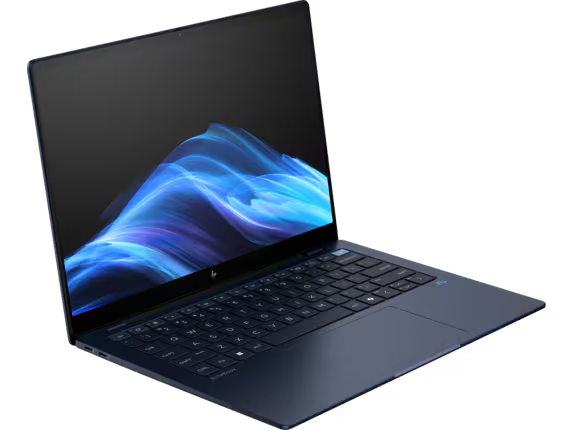Because there is a lot of information about ransomware sometimes fyp on Google News, Instagram and even X and Tiktok, especially after the National Data Center was hit by Ransomware Lockbit 3.0, why don't we just try to review how to prevent ransomware on the Windows operating system, including Windows 10, 11, and Server.
For those who don't know, Ransomware is a type of malware that threatens victims by destroying or blocking access to important data or systems until a ransom is paid. In a ransomware attack, the victim's device or data can be locked or encrypted, and the attacker demands a ransom in order for the victim to restore access.
However, there are several tricks you can do to prevent ransomware from infecting your device, and here are some of them.
Use Windows or Original Applications
Generally, the process of entering ransomware often occurs because users open such applications crack, patch and activators that are not trusted or taken from unknown sites.
Also Read: Danger!, KMSPico Apparently Steals User Crypto Wallets!!!
Users who don't aware and desperate to activate Windows or applications sometimes no longer care about the dangers of crack And activator. In addition, some sites often say “Turn off Windows Defender (Mandatory)” with the reason “False alarm“, whereas of course turning off Windows Defender is very unwise because it can open up wider security gaps.
Use the Best Anti-Malware

Windows Defender is already quite good, especially with the features ransomware protection. However, apart from the fact that this feature is not active by default, sometimes Windows Defender is still not reliable enough to protect user data from new malware attacks.
Moreover offline detections from Windows Defender it seems quite bad, you can check this information in the article: Windows Defender's Offline Detections Are Quite Bad!
Well with that, make sure you use the best Anti Malware application, you can use the Top 5 from AVTest such as Kaspersky, BitDefender, Norton, McAfee, Esset and others. If you want free, at least use Avast or AVG because it is also better than Windows Defender.
Also Read: What Happens If We Don't Install Antivirus on Windows?
Make Sure Windows is Updated

If Windows is rarely updated, it will certainly open up security gaps. For those who don't know, generally in the monthly updates launched by Microsoft, it will often close various security gaps or new vulnerabilities that are discovered, so that with that… mandatory by law for you to get the latest updates, especially if the system will be used online.
Also Read: 3 Steps to Avoid Malware That Can Harm Your Life!
If you use Windows OS (including Windows Server), also make sure that the version you are using is a version that is still supported, because if not, then of course Microsoft will no longer release updates containing important security fixes for that version.
Avoid Dangerous Sites

In addition to the site containing crack, patch and activators which often contain malware and have been flagged by various antivirus services, you must also avoid dangerous sites, especially those you are new to.
For example, sites that appear from popup ads when visiting a website, online gambling sites, porn sites that you don't know about, and file sharing sites that are quite unfamiliar to hear..
By avoiding these sites, it will reduce your chances of being exposed to ransomware.
Avoid Downloading Random Files
If you want to download a file, make sure it is from an official and trusted site. Apart from that, make sure not to download random files, especially if the file format is .zip or other archive formats, .exe for executable files and files that have the potential to contain malware.
If you find a video in .exe format (for example scandal.mp4.exe), there is a big possibility that it is malware which could be ransomware, don't click on it even if your passion is passionate and it really makes you curious.
Data Backup
For home Windows users, this data backup is optional, just backup super important data on Google Drive, OneDrive or on the external HDD that you have.
However, for Windows Server, data backup is very necessary, at least daily or weekly backup of all data on the hard drive.
For data backup applications, Windows generally includes a Backup and Restore (Windows 7) option which you can access from the Control Panel, or you can also use third-party applications such as EaseUS Todo Backup, or other backup applications.
Read this :
However, it is necessary to pay attention again that backup files must be stored in separate storage, for example on an external HDD that is not always installed on the device, or a backup server so that if Device or Server 1 is hit by ransomware, this backup server can be activated with all data cloned from device or server 1.
Try not to have this silly conversation guys.

Or what's even more ridiculous is the words “no backup” for the reason of lack of funds. Reporting from granulate.ioto create a data center mid-size enterprise up to 100 racks or around 1,400 servers requires funds of around $5 million dollars or equivalent to Rp. 82 billion per year.
With funds of around $40 million dollars or around Rp. 600 billion rupiah, it is deemed sufficient to create several mid-enterprise class servers with several backup servers containing cloned data of the main server.
Well, those are some tips from WinPoin that you can follow to prevent your device from being infected by Ransomware. It should be remembered that if we are aware and careful, then I think it is impossible for ransomware to infect the system. With that, we as users or brainware that itself is the main key to the condition and security of the system we hold, so stay sane guys.
Source link











